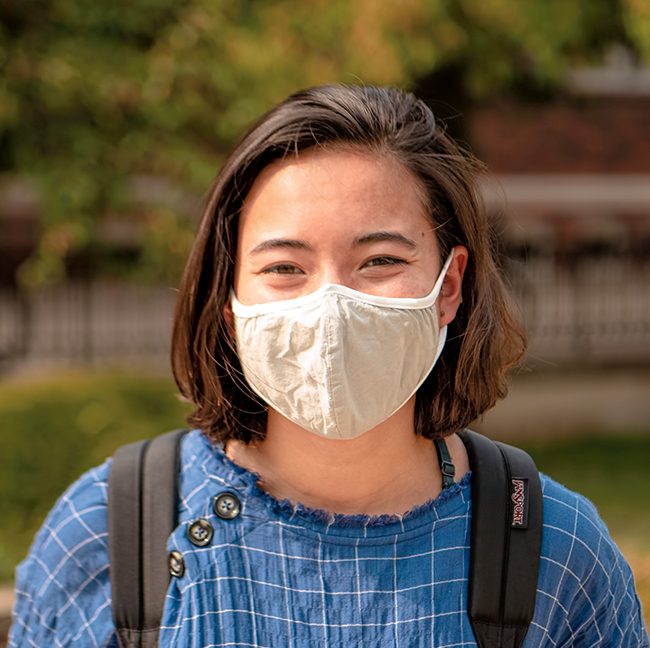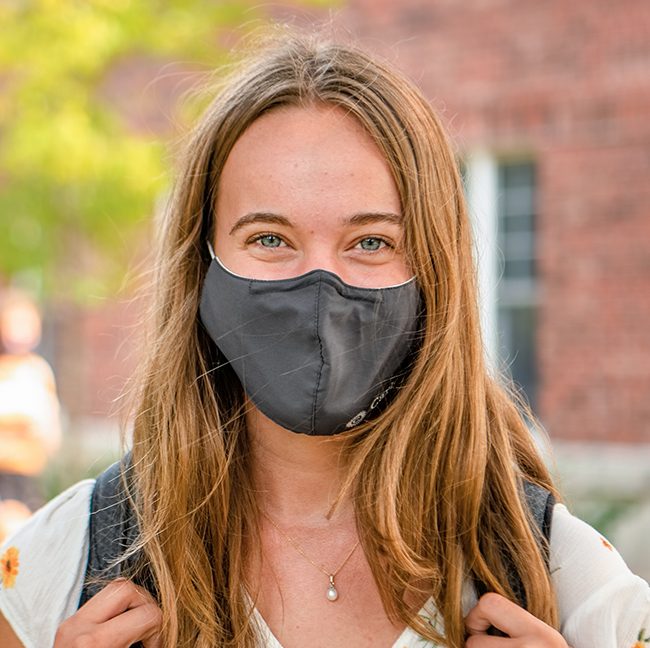
When the Every Carl for Carleton campaign kicked off in the fall of 2018, the Core Committee decided to concentrate on Four Pillars for Success: enrolling the best students; teaching and learning; life and career; and bolstering the annual fund. Over the course of seven issues, Inside Carleton endeavored to take a deep dive into each of these areas with the hope that, as a result, the Carleton community would have a clear sense of the ways in which their generosity enriches students’ lives. Along the way, another theme began to emerge.

Synergy.
While money is finite, the connections among the campaign’s four pillars have proven seemingly unending — proving in this case, at least, the economic maxim that a rising tide lifts all boats. For a prime example one need look no further than the cover of this issue or (when we are all allowed back on campus) simply take a stroll over to Old Music Hall. Because it’s there where — thanks to the generosity of Michael Hasenstab ’95 and his wife, Mary Ann — a game-changing renovation is under way. Over the next 18 months, the 107-year-old building will become the political science department’s next home.

Like Carleton’s new integrated science facility, Evelyn M. Anderson Hall, Hasenstab Hall will be built around the concept of collaboration: between researchers, faculty members and students, and political science majors and their fellows from a host of disciplines. As is detailed on the following pages, there will be a variety of differently sized spaces in the repurposed interior, including state-of-the-art classrooms and smaller, more functional areas for working groups to gather.

“Political scientists really are a lot like the scientists over in Anderson. They’re not using microscopes, but they’re doing research in teams and interviewing subjects — and there just isn’t a place in Willis Hall [current home to the political science department] designed for that kind of work,” says Beverly Nagel ’75, dean of the college since 2009 and Winifred and Atherton Bean Professor of Sociology, Science Technology, and Society. “In the lower level [of Hasenstab], there will be a big open space that is going to have multimedia access and be very flexible, so that people can move around and interact. That’s become increasingly important in the last ten years. There’s more project-based, active learning and the boundary between research and teaching is a little more fluid. There’s more mentorship of students on authentic research questions. It’s an excellent way to learn.”

Nagel, who is retiring from her post this spring, is as well qualified as anyone to appreciate the ways in which a construction project can embody Carleton’s communal commitment to discovery, prompt pedagogical innovation, attract a forward-thinking faculty, and even deepen the socioeconomic diversity of the student body. “In this office, we know that improving the faculty’s ability to work closely with students in different learning environments is increasingly important,” she says. “We know that these sorts of high-impact interactions enable students from all backgrounds to succeed. And we know that facilities that enable experimental modeling and research matter to the candidates we interview.”
What’s more, Nagel confirms, this sort of synergy is emblematic of the Every Carl for Carleton campaign.
“It’s hard to say how the campaign didn’t and won’t impact the person sitting in my chair,” she says. “We recruit the best faculty we can — teachers first, with a true liberal arts vision — and then support them by providing resources needed to excel. That includes funds to support curriculum development, student-faculty research, and all the support systems — from advising to internships — needed to make the Carleton experience holistic and satisfying for everyone.”
